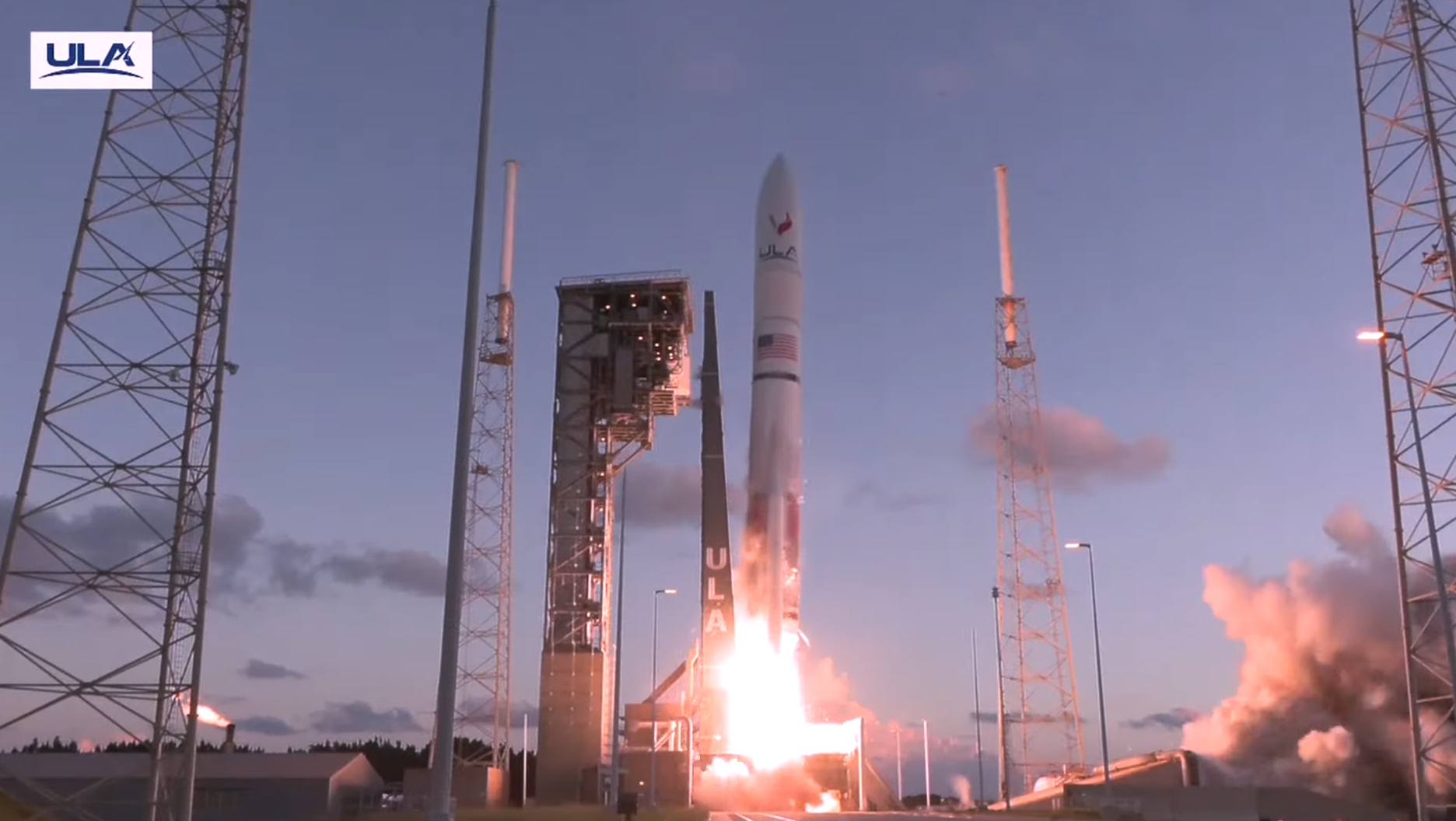Lt. Col. Richard “Tac” Turner, Commander, 40th Flight Test Squadron, and Lt. Col. Jacob “Duke” Lindaman, Commander, 85th Test & Evaluation Squadron, deliver the first F-15EX to its new home station, Eglin AFB, Florida, 11 March, 2021. (U.S. Air Force photo by Tech. Sgt. John Raven)
FARNBOROUGH 2024 — Boeing is actively studying whether it can turn the F-15EX Eagle II into a platform similar to an EA-18G Growler, the Navy’s electronic warfare jet, a company executive tells Breaking Defense.
“The Growler line has ended,” Rob Novotny, Boeing’s business development lead for the F-15, said in an interview with Breaking Defense over the weekend. The Growler is a modified version of the F/A-18, with the latter jet’s production slated to end in 2027.
“There’s a lot of conversation internally, could we turn this [the F-15EX] into a Growler,” he added. “So we’re looking at some trade work.”
In pushing the Growler line of logic, Novotny argued for a different definition of stealth enabled by features like electronic warfare (EW) capabilities. Stealth, Novotny contended, shouldn’t be understood strictly in terms of low-observable coatings — where competitor Lockheed Martin currently enjoys a monopoly on stealth fighter production.
RELATED: Newest F-35, F-15EX contracts are set. Here’s how much they cost. (Exclusive)
“Stealth means, to me, I can go to a place where the enemy doesn’t want me to go, and I can operate in their environment, achieve my objective, and not be targeted,” he said.
The F-15EX is already equipped with EW capabilities via its BAE-supplied Eagle Passive Active Warning Survivability System (EPAWSS). In seeking a Growler-like role for the jet, Boeing would presumably seek to expand the fighter’s EW capabilities with tools like additional jamming pods and other enabling subsystems.
The F-15EX — the most modern version of the F-15 — hit initial operational capability following deliveries of the first operational combat jets to the Air National Guard in June. At the Farnborough air show here, Boeing is showcasing the F-15QA, a Qatari version of the jet that closely mirrors the design on order by the US Air Force.
Novotny seemed bullish about the updated F-15’s prospects in international campaigns, which Boeing is pitching to customers like Saudi Arabia and Poland, while Indonesia has already committed to a buy and Israel is set for a large order of its own. The US Air Force’s own order has been somewhat in flux in recent years, and is set for a program of record for 98 fighters absent congressional intervention or further changes in future budgets.
“I think what my big takeaway is, there’s a lot of excitement in the global defense market for fighter jets. And I mean, unfortunately, world events have created a kind of refocus on air superiority and air dominance platforms,” Novotny said.











